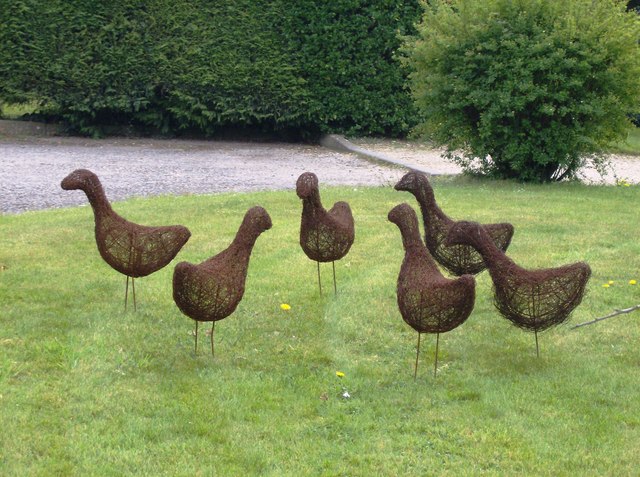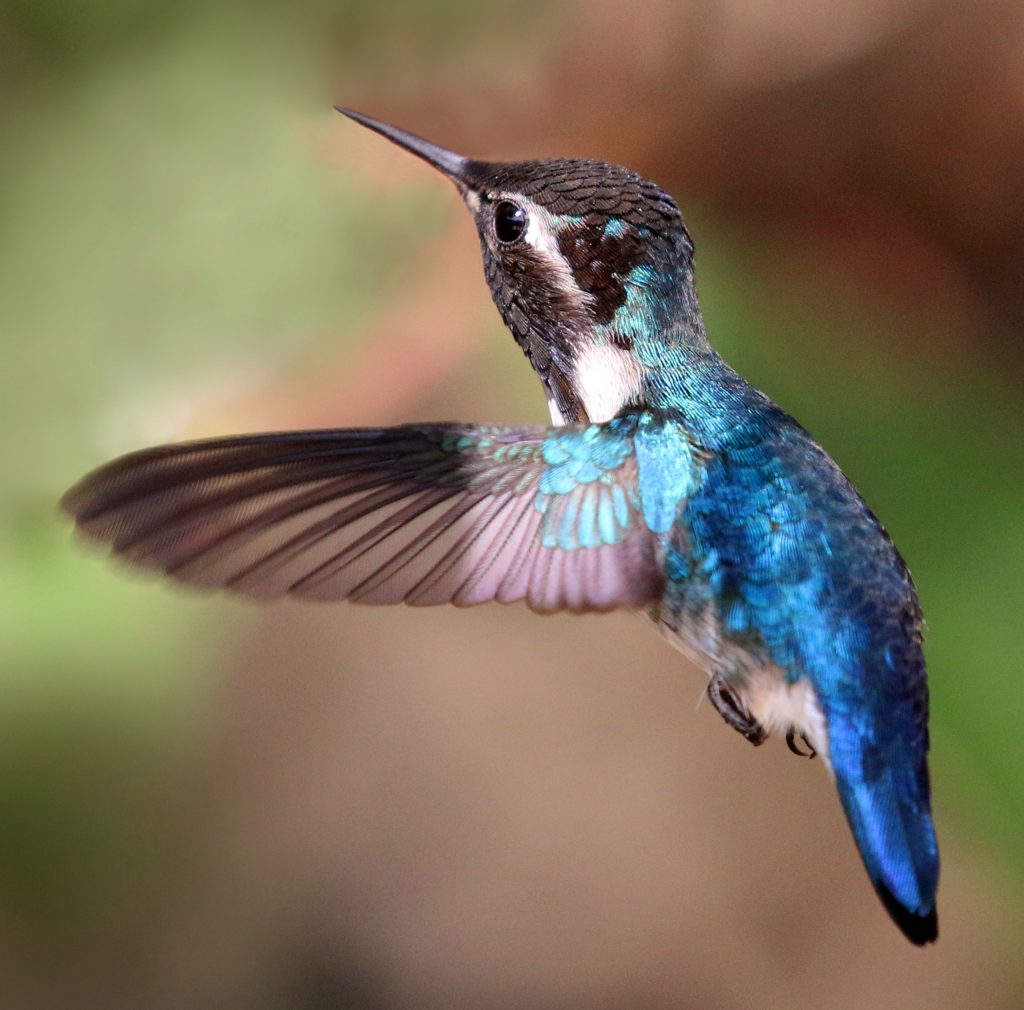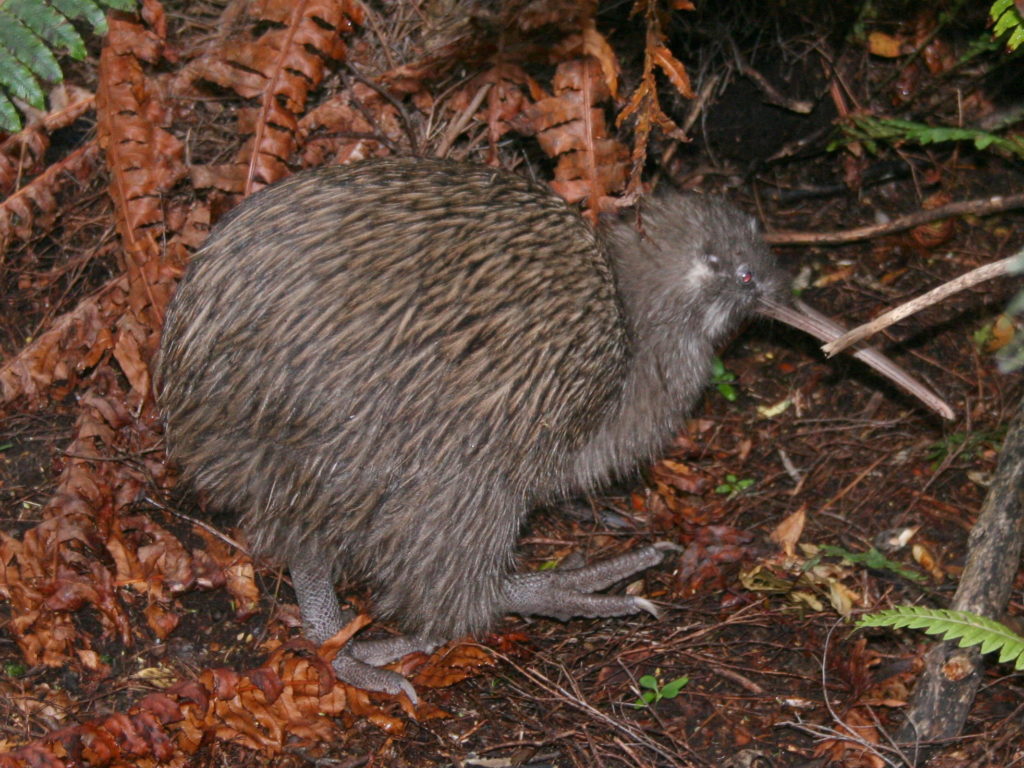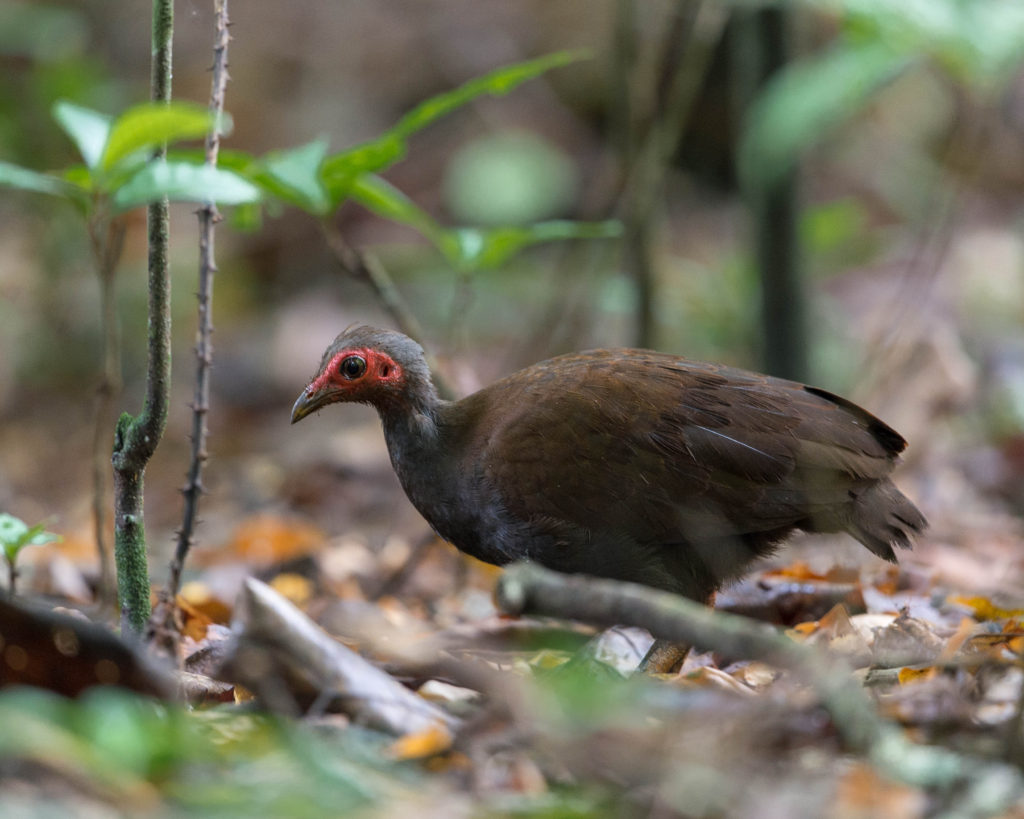December 30 is the sixth day of Christmas. In the song, “The Twelve Days of Christmas,” the sixth day is reserved for bird reproduction—six geese a-laying. So, let’s talk today about the extremes that birds go to when they are a-laying.

Let’s start with the Bee Hummingbird of Cuba. This is the world’s smallest bird, about two and one-half inches long, half the size of the common Ruby-throated Hummingbird. It looks more like a real bee than a bird, flitting around from flower to flower, hence the name. So, it isn’t surprising that the Bee Hummingbird also holds the record for the world’s smallest egg, It measures about one-third of an inch in diameter and weighs about .02 grams (right, basically nothing).

At the other end of the spectrum is the Ostrich, native to Africa (and earlier to Asia). The Ostrich is the world’s largest bird, standing up to 9 feet tall and weighing up to 250 pounds. So, it isn’t surprising that it also lays the world’s largest egg. Ostrich eggs are 6 inches long and weigh about 3 pounds. The shells are so strong that an adult human can stand on the eggs without damaging them—a good trait since their incubating parents weigh in at about the size of a football linebacker. Historically, however, the Ostrich comes in second to the fossil Elephant Birds, a group of species that lived in Madagascar as recently as 3,000 years ago. With eggs twice the size of Ostrich eggs, the Elephant Bird produced the biggest eggs ever known.

Another way to look at size, however, is relative. When egg size is expressed in terms of a bird’s overall size, the accomplishment of the Ostrich or Elephant Bird isn’t so impressive. Ostrich eggs are about 2% of the weight on an adult, hardly worth an honorable mention The champion is New Zealand’s national symbol–the Kiwi. The Kiwi is a small (about 1.5 feet tall and weighing 2.5 pounds); it doesn’t fly and its feathers look more like hair, prompting some to call it an “honorary mammal.” But it is all bird when it comes to its egg. The Kiwi lays a gigantic egg for its size, up to 25% of its body weight. Imagine this in human terms—a 120-pound woman would be giving birth to a 30-pound baby!

Well, maybe we need to look at the egg championship from even one more perspective. The Kiwi lays a big egg, but it produces only one at a time. So, perhaps we should think about egg-laying records in terms of the total amount of egg-stuff produced. Which bird lays the most eggs? That award goes to a series of Australian species (comprising the family Megapodes) collectively known as “mound builders.” These ground-nesting birds excavate shallow depressions which they fill with decaying vegetation and cover with sand. The decomposition produces heat that incubates the eggs, so the adults don’t have to mind the nest. They don’t take care of the chick either. I guess the mound builders figure they do enough by making the nest and filling it with eggs. Lots of eggs. World-record numbers of eggs. One female can lay up to 35 eggs in a single brood. When this mass of eggs is considered together, the Megapodes surpass all other bird groups in the relative amount of material—eggs and their contents—devoted to reproduction.
From big to small, few to many, egg-laying is one big job for our feathered friends. Next time you make an omelet, pause to recognize the miracle you are about to crack into the frying pan!
References:
Bradford, Alina. 2014. Ostrich Facts: The World’s Largest Bird. LiveScience, September 17, 2014. Available at: https://www.livescience.com/27433-ostriches.html. Accessed January 19, 2020.
Bryce, Emma. 2015. The Champion Egg-Layers of the Bird World. Audubon, February 6, 2015. Available at: https://www.audubon.org/news/the-champion-egg-layers-bird-world. Accessed January 19, 2020.
Dean, Sam. 2015. Why Is the Kiwi’s Egg So Big? Audubon Science, February 25, 2015. Available at: https://www.audubon.org/news/why-kiwis-egg-so-big. Accessed January 19, 2020.
Encyclopedia Britannica. Elephant bird. Available at: https://www.britannica.com/animal/elephant-bird. Accessed January 19, 2020.
Encyclopedia Britannica. Megapode. Available at: https://www.britannica.com/animal/megapode. Accessed January 19, 2020.
McCann, Mary. 2018. Get to Know the Bee Hummingbird, the World’s Smallest Bird. BirdNote, September 17, 2018. Available at: https://www.audubon.org/news/get-know-bee-hummingbird-worlds-smallest-bird. Accessed January 19, 2020.
Science Epic. 2015. Which Bird Lays the Smallest Egg? May 25, 2015. Available at: http://www.sciencepic.com/which-bird-lays-the-smallest-egg/. Accessed January 19, 2020.
